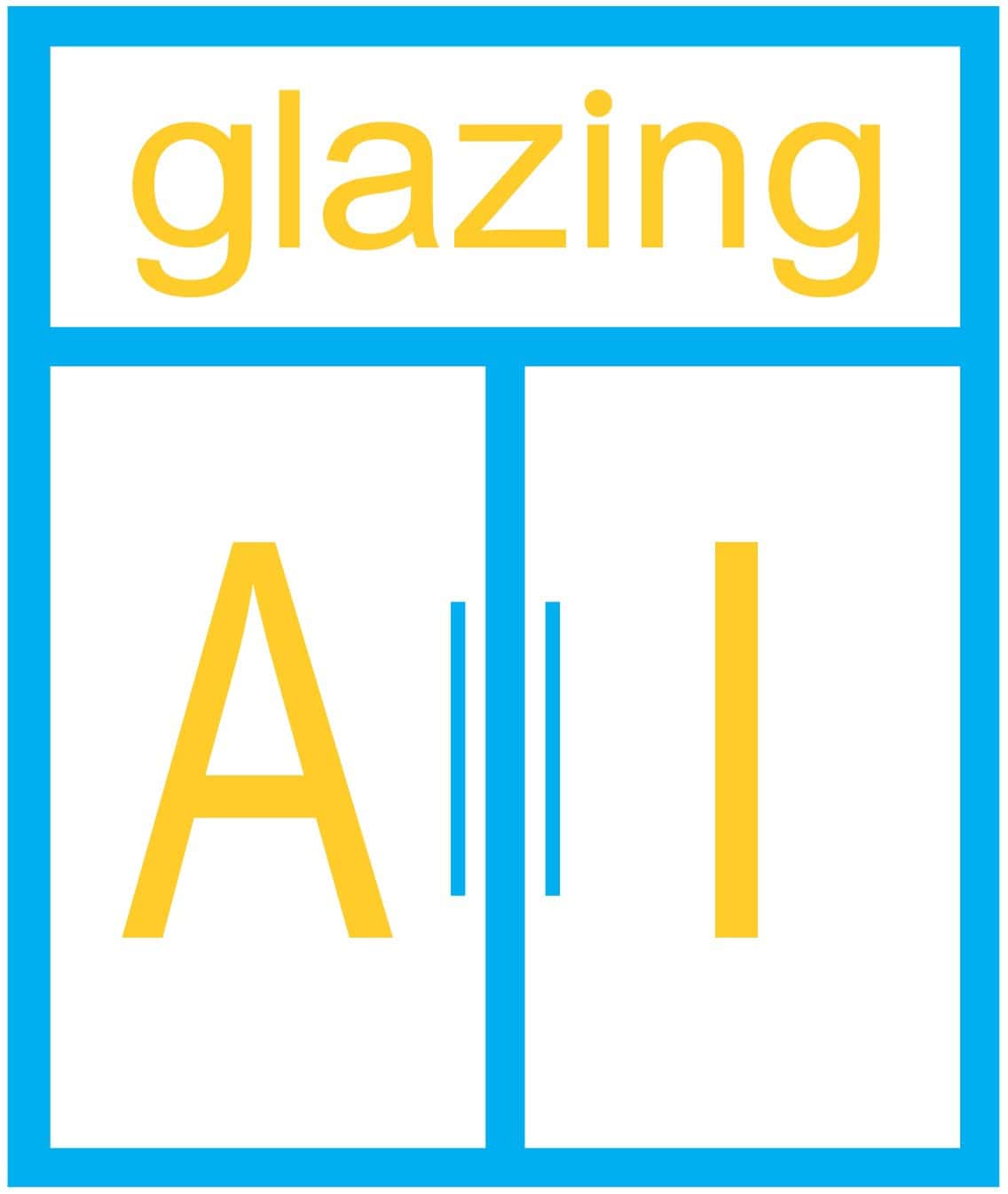
Let’s discuss overcoming barriers to AI adoption, addressing fears and embracing the benefits of AI.
As artificial intelligence (AI) continues to revolutionize industries and reshape the future of work, many people remain hesitant or resistant to embracing this technology. The reasons behind these reservations are varied, often rooted in fear, misconceptions, and concerns about the impact of AI on jobs, privacy, and society at large. While these concerns are understandable, they are often based on misconceptions. In reality, AI technologies have the potential to be incredibly beneficial, enhancing human capabilities and improving many aspects of our daily lives.
Let’s explore the common fears surrounding AI adoption, why these concerns may not be as grounded as they seem, and how AI can be a powerful tool to empower individuals and businesses alike.
Common Fears and Concerns:
- Job Displacement: Many fear that AI will replace human workers, leading to unemployment.
- Loss of Creativity: There’s concern that AI might stifle human creativity and problem-solving skills.
- Dependence on Technology: Worry about becoming overly reliant on AI, losing human expertise and intuition.
- Lack of Control: Concerns about AI making crucial decisions without human oversight.
- Privacy and Security: Fears about AI systems accessing and potentially misusing sensitive information.
- Ethical Considerations: Worries about AI being used unethically or making biased decisions.
- Fear of the Unknown: General anxiety about the uncertain future that AI might bring.
Addressing These Concerns:
- Job Evolution, Not Elimination: AI is more likely to augment human capabilities rather than replace them entirely. In Glass & Glazing, AI can handle repetitive tasks, allowing professionals to focus on higher-value, creative aspects of their work.
- Enhancing Creativity: AI tools can actually boost creativity by providing new design possibilities, optimizing processes, and freeing up time for innovative thinking in glass design and manufacturing.
- Complementing Human Expertise: AI is a tool to enhance human expertise, not replace it. The glass industry still requires human intuition, experience, and decision-making skills, especially in custom designs and client interactions.
- Human-in-the-Loop Systems: Most AI implementations in professional settings include human oversight, ensuring that critical decisions are still made or approved by experts in glass and glazing.
- Improved Security Measures: As AI technology advances, so do cybersecurity measures. Many AI systems are designed with robust security protocols to protect sensitive data in the industry.
- Ethical AI Development: The industry is increasingly focused on developing ethical AI, with guidelines and regulations being put in place to ensure fair and unbiased use of AI in glass and glazing applications.
- Education and Gradual Implementation: By educating professionals and implementing AI gradually, the unknown becomes familiar, reducing fear and increasing understanding of AI’s benefits in the industry.
While fears and concerns about AI are understandable, they are often based on misconceptions or a lack of understanding of the technology’s true potential. By addressing these fears and highlighting the benefits of AI, we can foster greater acceptance and adoption of these transformative technologies.
Join glazingAI to explore the exciting world of AI and its applications in the Glass & Glazing industry. Together, we can overcome fears, embrace innovation, and harness the power of AI to transform our industries and our lives.
Subscribe to the glazingAI newsletter and get a free copy of Guide: AI for Glass & Glazing. Stay connected to get the latest updates!

Leave a Reply